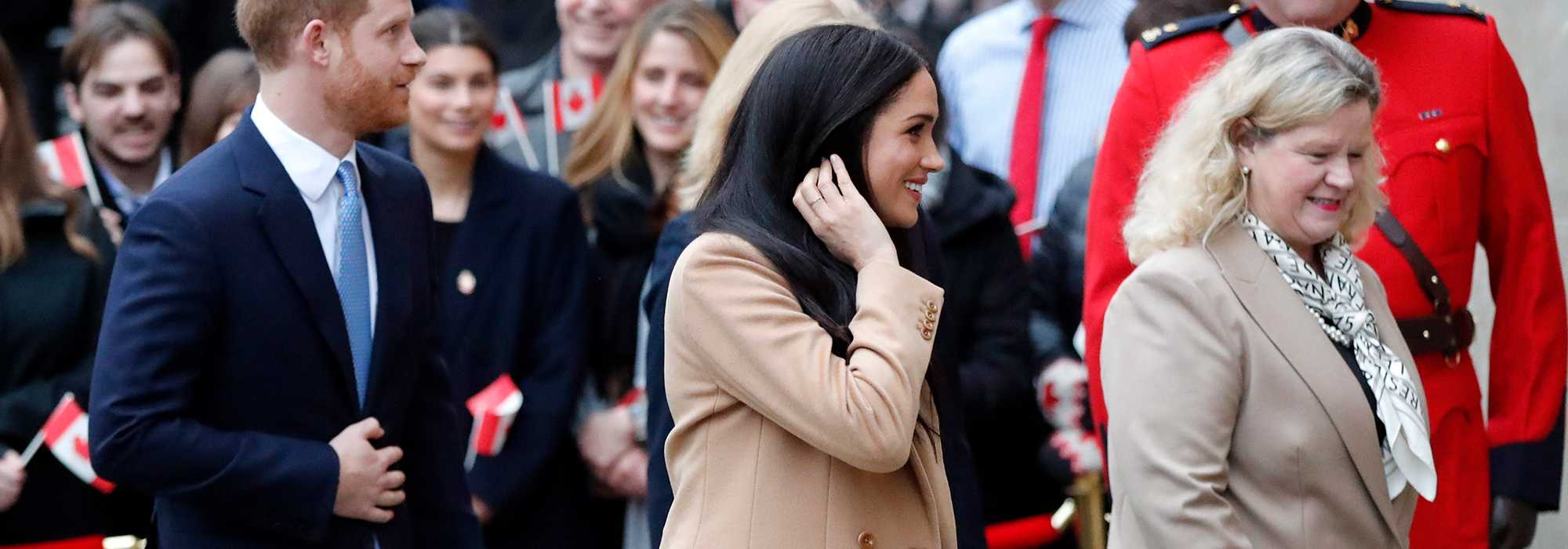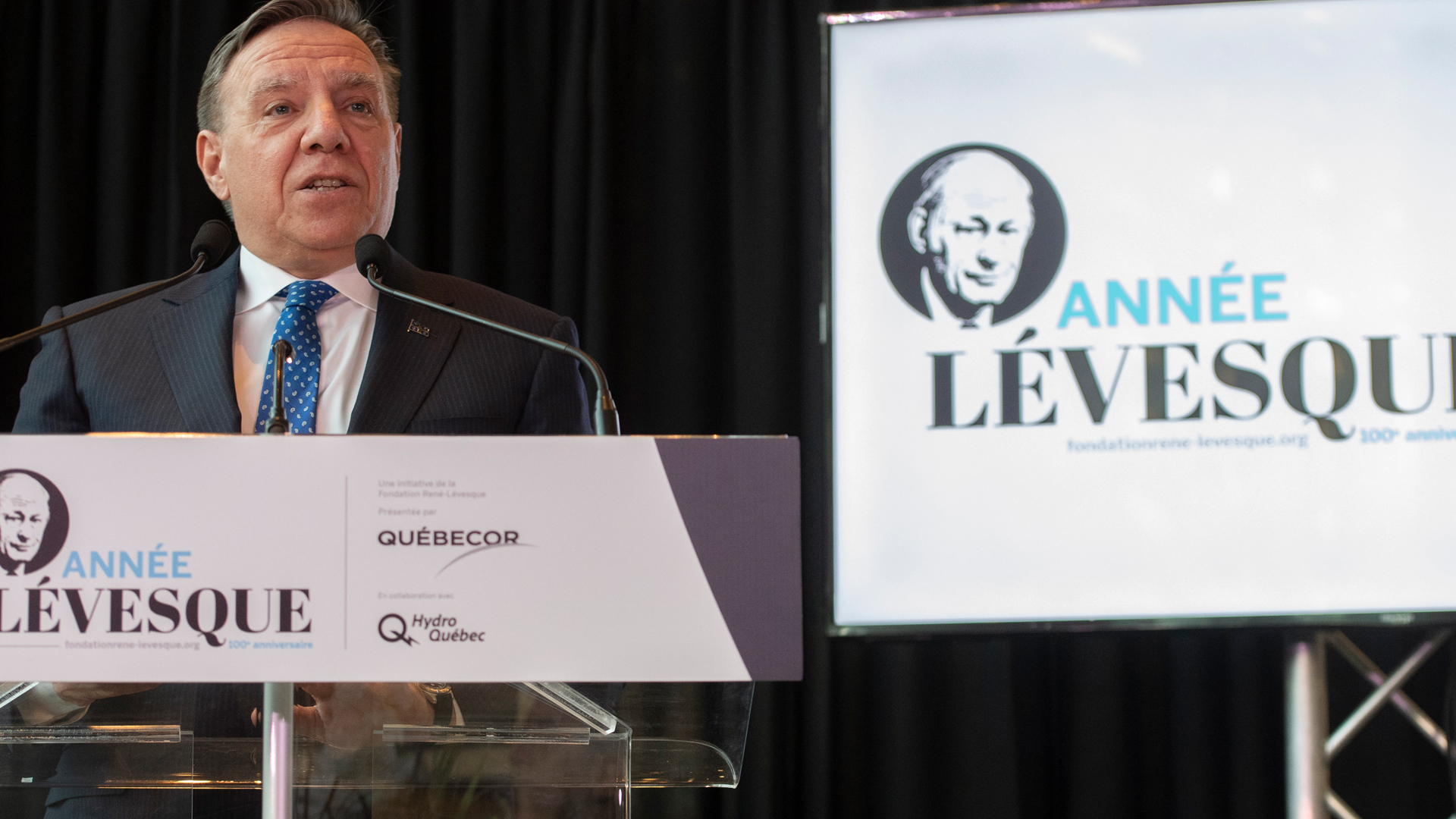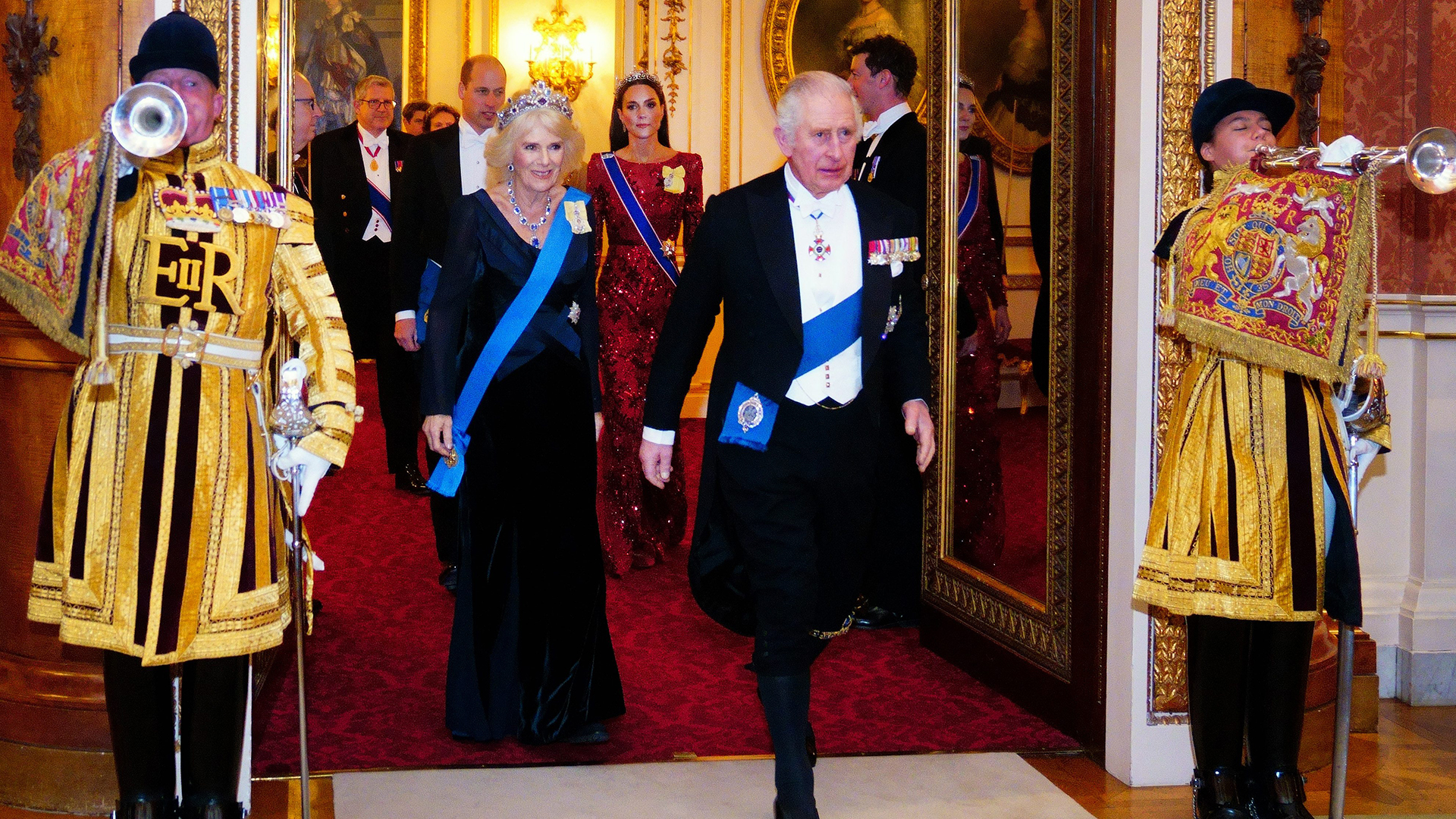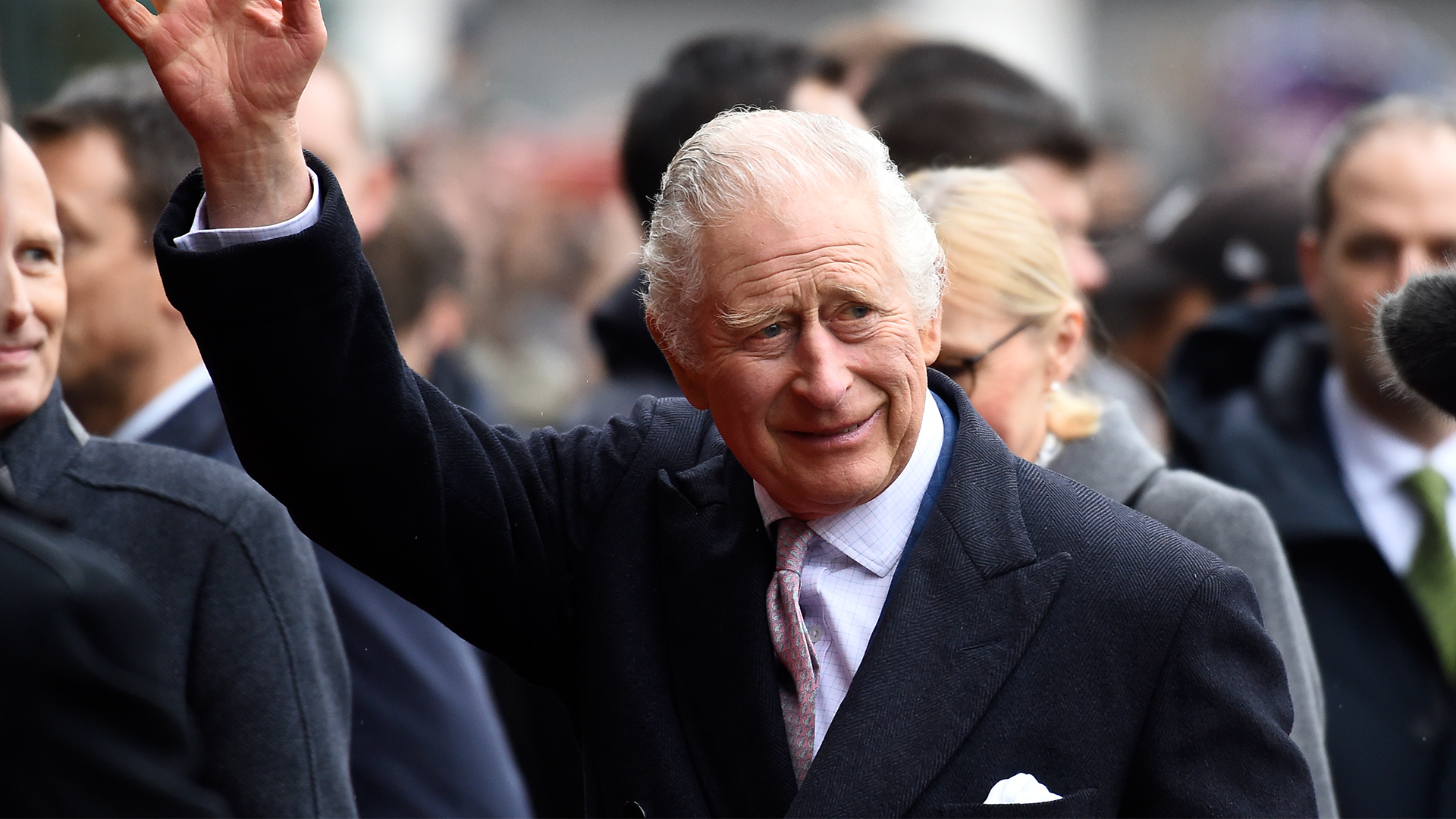
Meghan and Harry’s decision to live in Canada is a mixed blessing for monarchists and republicans alike. Many monarchists will be pleased to have a semipermanent royal-ish couple in the country, though they are aware that the Sussexes are purposefully moving away from the very institution they cherish. Republicans, meanwhile, are doubtless pleased that the couple’s arrival has been greeted with a new Angus Reid poll suggesting that only 39 percent of Canadians wish their country to remain a constitutional monarchy. Of course, this number is skewed by lower support in Quebec (20 percent) than in English Canada. Still, British Columbia is the only province where more than half of respondents said they supported the monarchy.
Republicans can find comfort in the fact that Canadians who are keen on the monarchy are in the minority. The question is whether the republican movement, such as it is, can make anything of Canadians’ tepid support for the monarchy.
Monarchists have the upper hand in this debate. When Canada patriated its Constitution in 1982, monarchist premiers ensured that any change to Canada’s status as a monarchy would require a unanimous constitutional amendment, with the support of all provincial legislatures and the federal Parliament. Specifically, paragraph 41(a) of the Constitution Act, 1982 states that the unanimous amending procedure must be followed to alter matters related to “the office of the Queen, the Governor General and the Lieutenant Governor of a province.”
If republicans hope to make headway, they will need to work within the courts’ interpretation of this constitutional provision.
What does the “office” of the Queen cover? Recent court rulings have told us that the rule that decides who holds the office is not part of the office itself. As argued by the federal government and supported by courts in Ontario and Quebec, Canada follows a “rule of recognition,” whereby whoever is the monarch in the United Kingdom is automatically the Canadian sovereign. But this rule does not fall under the protection of paragraph 41(a). According to the recent Quebec Court of Appeal ruling in Motard, the provision protects the institution of the monarchy but not the procedural rules about who succeeds to the throne.
This appears to mean that not the unanimous amending procedure but the general one — requiring the support of two thirds of the provinces with at least 50 percent of the population — would need to be used to abandon the existing rule of recognition. A case might also be made that the federal Parliament could undertake a unilateral amendment under section 44 of the Constitution Act, 1982 to alter this rule. If the United Kingdom becomes a republic, for instance, it might be necessary for Canada’s Parliament to quickly establish rules of succession to the Canadian throne.
Could republicans leverage this decoupling of the office from the rule governing who holds the office? Perhaps. But it’s important to note that the courts did not suggest that Canada could do without a monarch. While there may be some flexibility around how we might amend the rule that determines who holds the office of the Queen, the fact that we have a monarch, and are a monarchy, is protected by the unanimous amending procedure.
The Supreme Court’s ruling in the Senate Reference, moreover, suggests that our highest court wouldn’t be particularly open to clever ways of changing the rule of who gets to be monarch to make the governor general the head of state or to make the monarch an elected office. In that 2014 ruling, the Supreme Court rejected the idea of using consultative elections to guide the appointment of senators without a constitutional amendment, so it seems unlikely that the justices would give republicans a creative way of undermining the monarchy.
The Supreme Court’s ruling in the Senate Reference, moreover, suggests that our highest court wouldn’t be particularly open to clever ways of changing the rule of who gets to be monarch…
This still leaves the question of what does fall under the office of the Queen. As part of its ruling in Motard, the Quebec Court of Appeal provided an answer: paragraph 41(a) of the Constitution Act, 1982 protects “les pouvoirs, le statut et le rôle conférés au monarque” (the powers, the status and the role conferred upon the monarch). A change to the status of the monarch as the head of state and the personification of the state, this seems to suggest, would require the unanimous amending procedure. Similarly, the powers that the sovereign retains in the Constitution, such as the appointment of additional senators under section 26 of the Constitution Act, 1867, would be protected by this procedure. Although nearly all the Queen’s powers have been delegated to the governor general, both their offices are covered by paragraph 41(a), cementing the Crown’s constitutional authorities.
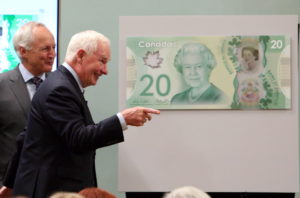
That said, the Queen has other personal rights and privileges that can arguably be displaced by regular statute or a change in practice. These include her prerogative to create new honours for Canada, her authority to decide how royal symbols and the royal cipher are used and her appointment of honorary colonels-in-chief for certain military regiments. She is also consulted on the use of royal effigies and regarding the regulations that surround the Great Seal of Canada. It should be noted, furthermore, that there is no constitutional requirement to have the Queen on our bills and coinage, to hang the sovereign’s portrait in government buildings or to invite the monarch and members of the British royal family to take part in royal tours of Canada. As well, the oath that new citizens take to the Queen, which the Ontario Court of Appeal has diluted to the point of meaninglessness, is not a constitutional requirement and could be changed by Parliament. The choice to retain these practices remains with Parliament or the government of the day.
Most important, the Letters Patent 1947 appear to give governors general the power to appoint their own successors. The Letters Patent 1947 were apparently written this way to avoid the need for a Canadian regency act. Instead of identifying a regent if the monarch is a minor or incapacitated, the Letters Patent 1947 empower the governor general to exercise all the Queen’s powers. Thus far the appointment of the governor general has been left with the monarch, but a future government may decide that a change is in order.
It is ultimately in these areas —the soft underbelly of monarchical symbolism— that Canadian republicans will have to focus their attention, at least until they can hope to convince all provinces and the federal Parliament to reconsider our constitutional order. While paragraph 41(a) ensures that Canada is a monarchy, the Queen’s remaining personal rights and privileges are vulnerable, as are many of the practices that emphasize royalty and the sovereign’s standing.
While republicans stand little chance of altering Canada’s monarchical form, therefore, they can effect changes in our monarchical substance. And while monarchists can take comfort in the fact that the Crown is constitutionally entrenched and protected, they would do well to recognize that the public may not be especially wedded to the symbols that give the monarchy substantive meaning in Canada.
Photo: Britain’s Prince Harry and Meghan, Duchess of Sussex arrive at Canada House in London, on Jan. 7, 2020, after their recent stay in Canada. (AP Photo/Frank Augstein)
Do you have something to say about the article you just read? Be part of the Policy Options discussion, and send in your own submission. Here is a link on how to do it. | Souhaitez-vous réagir à cet article ? Joignez-vous aux débats d’Options politiques et soumettez-nous votre texte en suivant ces directives.



